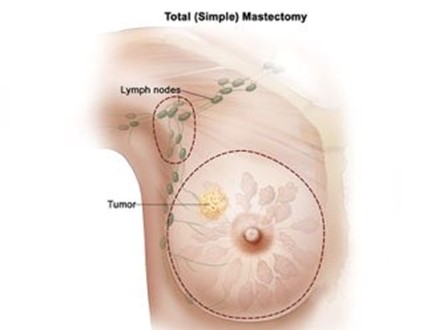To assist the woman in regaining control of the urinary sphincter after bladder surgery, the nurse should teach the client to perform which action?
Limit the intake of fluid.
Void every hour while awake.
Perform Kegel exercises daily.
Take a laxative every night.
The Correct Answer is C
Choice A: Limit the intake of fluid. This action is not correct and should not be taught to the client. Limiting the intake of fluid can cause dehydration, urinary tract infection, or kidney stones. The client should drink enough fluid to keep her urine clear and odorless.
Choice B: Void every hour while awake. This action is not correct and should not be taught to the client. Voiding every hour while awake can cause bladder irritation, infection, or overdistension. The client should void when she feels the urge or at least every 3 to 4 hours.
Choice C: Perform Kegel exercises daily. This action is correct and should be taught to the client. Kegel exercises are exercises that strengthen the pelvic floor muscles that support the bladder and urethra. They can help improve bladder control and prevent urinary incontinence. The client should perform Kegel exercises daily by contracting and relaxing the muscles around the vagina and anus as if she is trying to stop urinating or passing gas.
Choice D: Take a laxative every night. This action is not correct and should not be taught to the client. Taking a laxative every night can cause diarrhea, dehydration, electrolyte imbalance, or dependence. The client should avoid constipation by eating a high-fiber diet, drinking plenty of fluids, and exercising regularly.
Nursing Test Bank
Naxlex Comprehensive Predictor Exams
Related Questions
Correct Answer is A
Explanation
Choice A: Do not apply heat to the area of irradiation. This instruction is correct and should be included in the teaching. Applying heat to the area of irradiation can increase inflammation, pain, or burning sensation on the skin. The client should avoid heat sources such as hot water, heating pads, or sun exposure in the area of irradiation.
Choice B: Use an antibiotic ointment to treat skin breakdown. This instruction is not correct and should not be included in the teaching. Using an antibiotic ointment to treat skin breakdown can cause allergic reactions, infection, or interference with radiation therapy. The client should consult with her provider before using any topical products in the area of irradiation.
Choice C: Lubricate the skin with hypoallergenic lotion. This instruction is not correct and should not be included in the teaching. Lubricating the skin with hypoallergenic lotion can cause irritation, infection, or interference with radiation therapy. The client should avoid applying any lotions, creams, or oils on the area of irradiation unless prescribed by her provider.
Choice D: Do not wash the area of irradiation. This instruction is not correct and should not be included in the teaching. Washing the area of irradiation can help prevent infection, remove dead skin cells, and reduce odor. The client should wash the area of irradiation gently with mild soap and water, pat it dry, and avoid rubbing or scrubbing.

Correct Answer is A
Explanation
Choice A: "A provider can help you with that after a physical examination." This response is appropriate and respectful because it acknowledges the client's right to choose a contraceptive method that suits her needs and preferences. It also encourages the client to seek professional advice and care from a provider who can assess her health status, medical history, and risk factors, and offer her a range of options and information.
Choice B: "You are so young. Are you ready for the responsibilities of a sexual relationship?" This response is inappropriate and judgmental because it implies that the client is too immature or irresponsible to have a sexual relationship. It also discourages the client from seeking help or information from the nurse and may make her feel ashamed or guilty about her sexuality.
Choice C: "Because of your age, I think that a barrier method would be the best choice." This response is inappropriate and paternalistic because it assumes that the nurse knows what is best for the client without considering her individual situation or preferences. It also limits the client's options and may not address her specific needs or concerns.
Choice D: "Before I can help you, I need to know more about your sexual activity." This response is inappropriate and intrusive because it asks for personal and sensitive information that may not be relevant or necessary for choosing a contraceptive method. It also violates the client's privacy and may make her feel uncomfortable or embarrassed.
Whether you are a student looking to ace your exams or a practicing nurse seeking to enhance your expertise , our nursing education contents will empower you with the confidence and competence to make a difference in the lives of patients and become a respected leader in the healthcare field.
Visit Naxlex, invest in your future and unlock endless possibilities with our unparalleled nursing education contents today
Report Wrong Answer on the Current Question
Do you disagree with the answer? If yes, what is your expected answer? Explain.
Kindly be descriptive with the issue you are facing.
